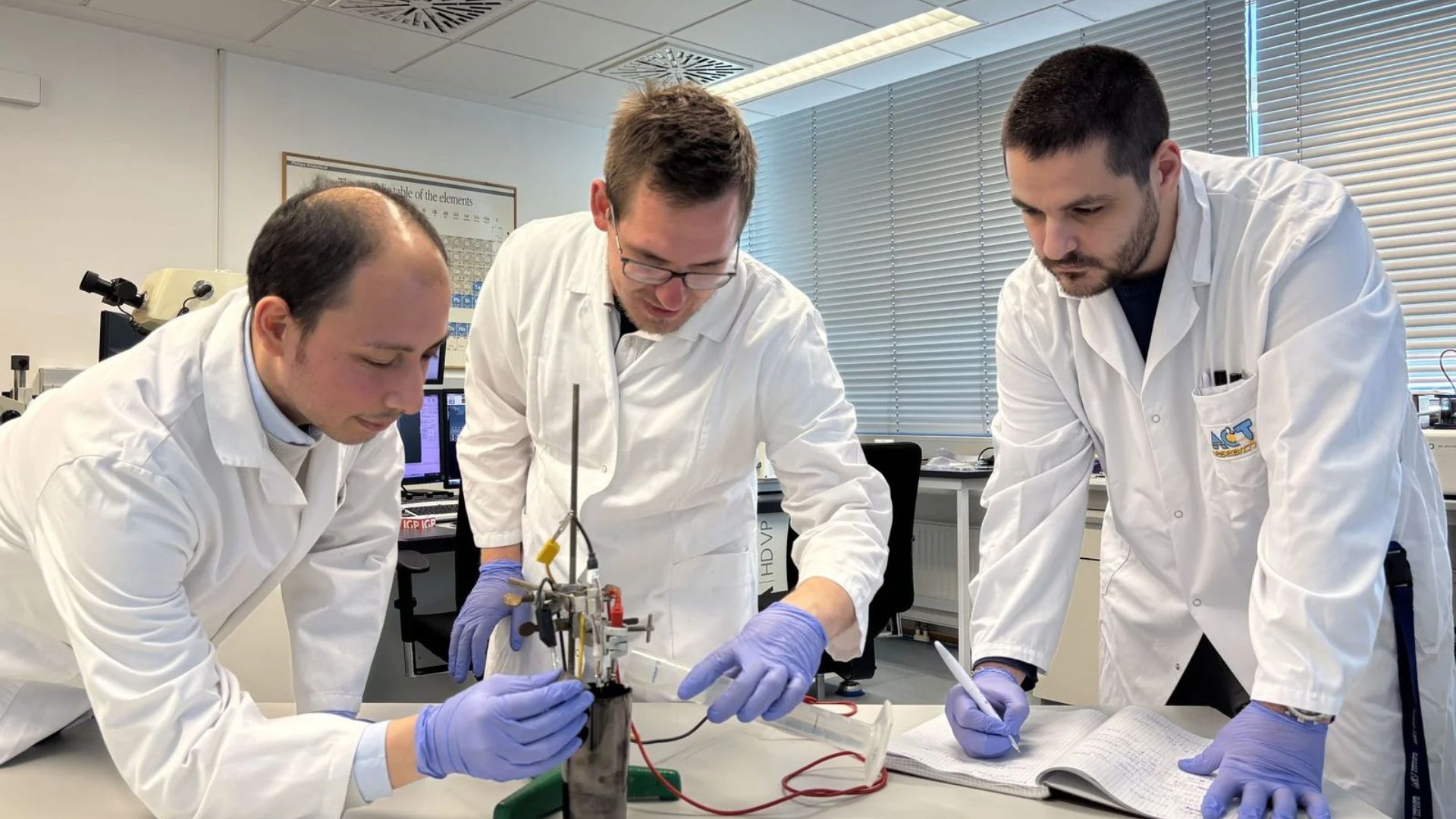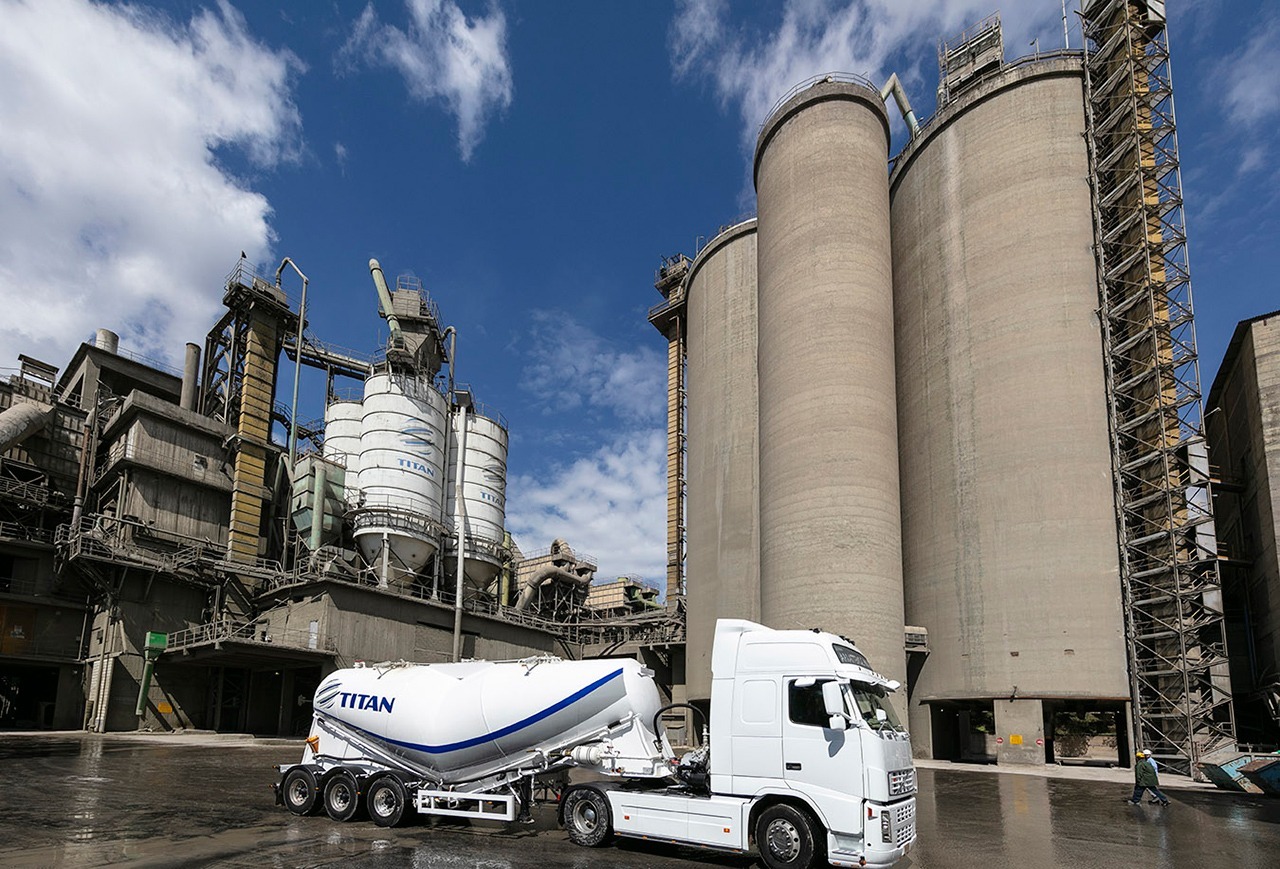Imagine a future where the very streets you walk on and the buildings you live in aren’t just passive structures — they’re actively generating electricity. Thanks to an exciting breakthrough by Professor Zhou Yang and his team, that future is much closer to becoming reality. They’ve developed a revolutionary material: a cement-hydrogel composite that can harvest ambient heat and convert it into power, turning everyday infrastructure into a renewable energy source.

At the heart of this innovation lies the clever use of the Seebeck effect — a phenomenon where a temperature difference across a material creates an electric voltage. Traditional thermoelectric materials have been limited by cost, complexity, or low efficiency, but Zhou’s cement-hydrogel hybrid offers an elegant and scalable solution. By layering conventional cement with a specially engineered hydrogel, the material achieves a remarkably high “Seebeck efficiency,” meaning it can generate significant voltage even from small temperature differences.
Hydrogels are water-rich, jelly-like materials known for their thermal and ionic conductivity. When combined with the robustness and affordability of cement, the result is a durable, low-cost building material that not only supports structures but also powers them. The hydrogel layer absorbs ambient heat — from sunlight, vehicle emissions, or even human activity — and drives ionic motion, generating electricity across the layers of cement.

One of the most exciting aspects of this discovery is its potential for massive scalability. Concrete is already the most widely used construction material in the world, responsible for about 8% of global carbon emissions. By reimagining concrete as a self-powering material, we could dramatically reduce our dependence on external electricity grids, cut emissions, and turn passive infrastructure into active participants in the energy ecosystem. Smart cities could become truly intelligent — buildings might power their own lighting, roads could charge electric vehicles as they drive, and bridges could monitor their own structural health without needing batteries or external energy sources.

Moreover, because the cement-hydrogel composite can be manufactured with existing materials and processes, it doesn’t require rare or expensive ingredients like traditional thermoelectric devices. This makes it a practical solution not just for wealthy urban centers, but also for rural or developing areas where energy infrastructure is lacking.
Professor Zhou Yang envisions buildings that operate like living organisms — harvesting ambient energy, sensing environmental changes, and adapting intelligently without relying on external power. The technology also holds promise for integrating sensors directly into walls, roads, and sidewalks, enabling real-time monitoring of everything from traffic flow to structural integrity to temperature shifts.

The hydrogel’s composition can even be tweaked to optimize performance under different climate conditions. In hotter regions, it could capture and convert greater amounts of ambient heat; in cooler areas, modifications could make it more sensitive to even slight temperature gradients.
This innovation is a perfect example of how materials science is redefining what’s possible in sustainability and smart infrastructure. The next generation of cities won’t just be greener because of renewable energy plants outside city limits — they’ll be green from the ground up, quite literally. Thanks to self-powering concrete, the very fabric of our urban environments might soon hum with quiet, renewable energy.



